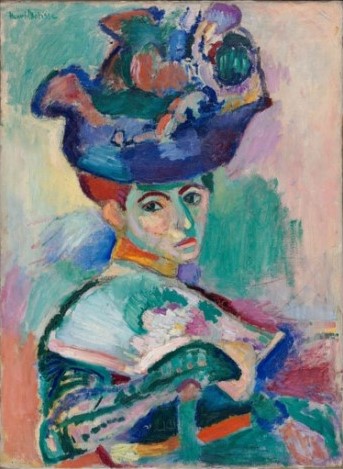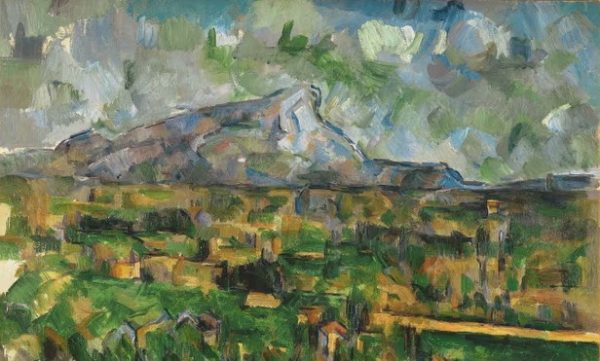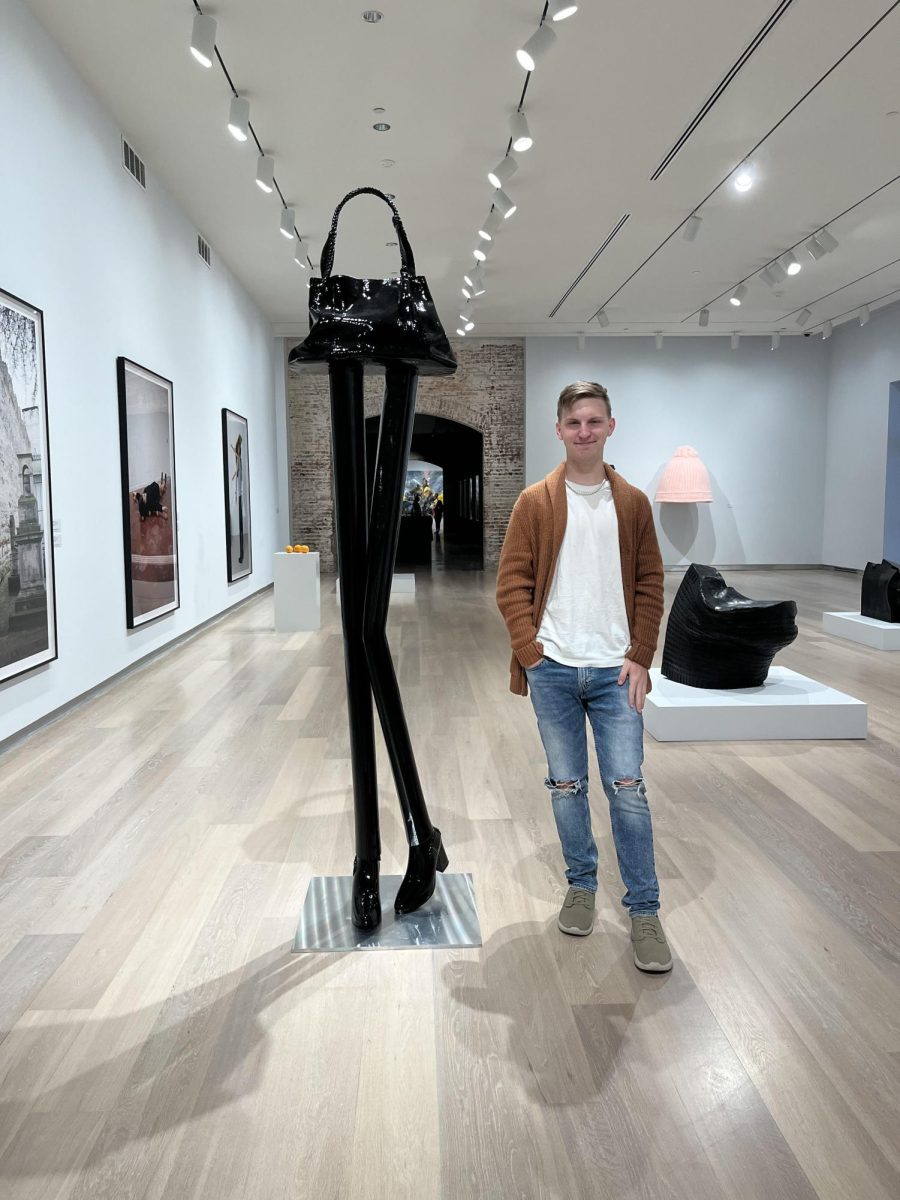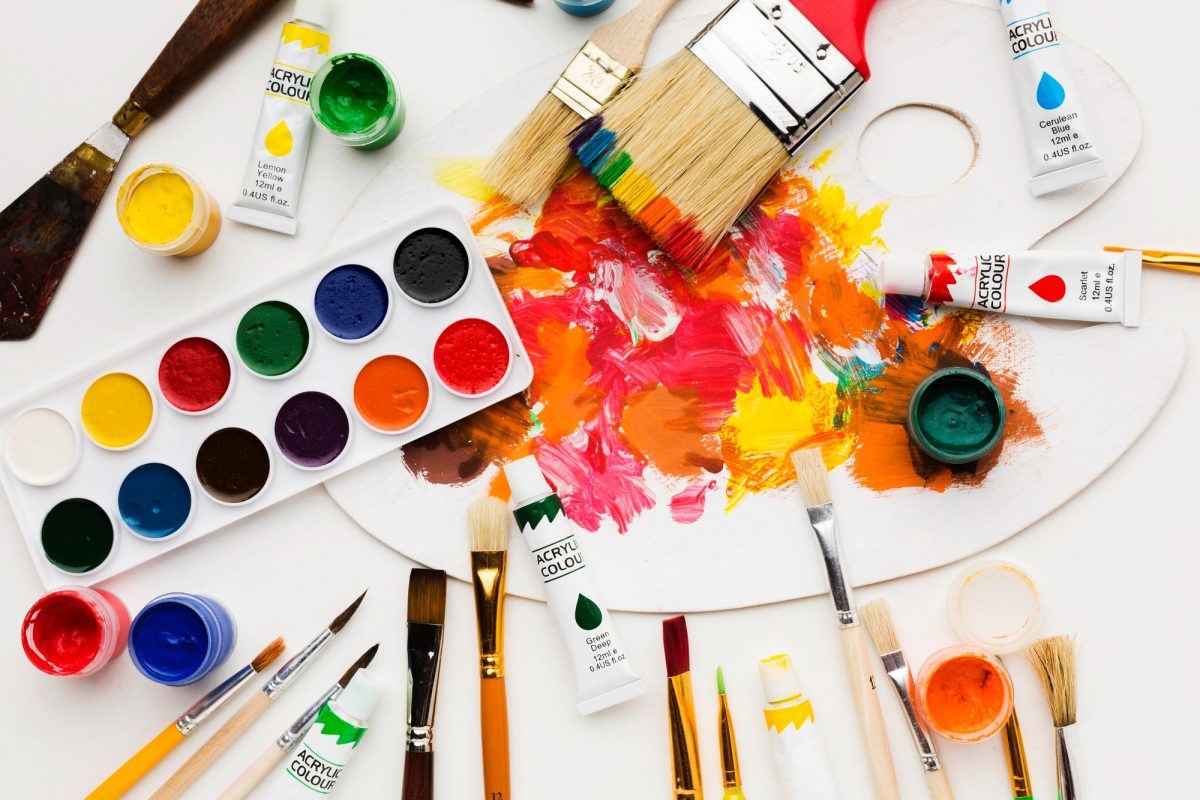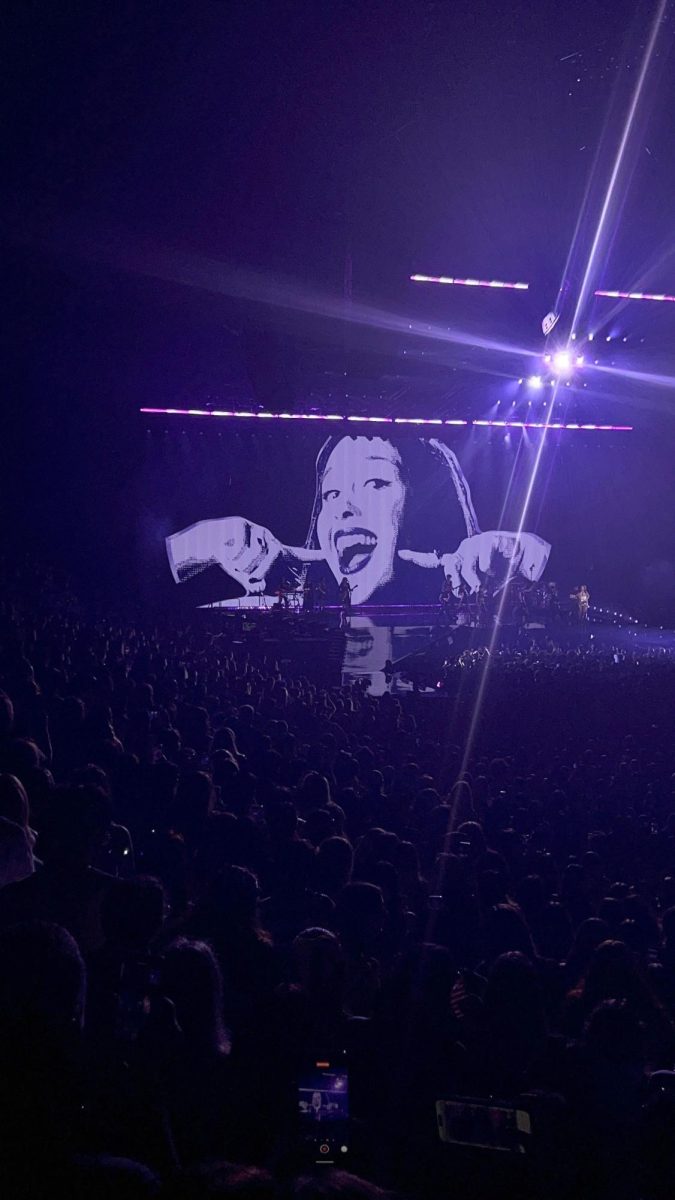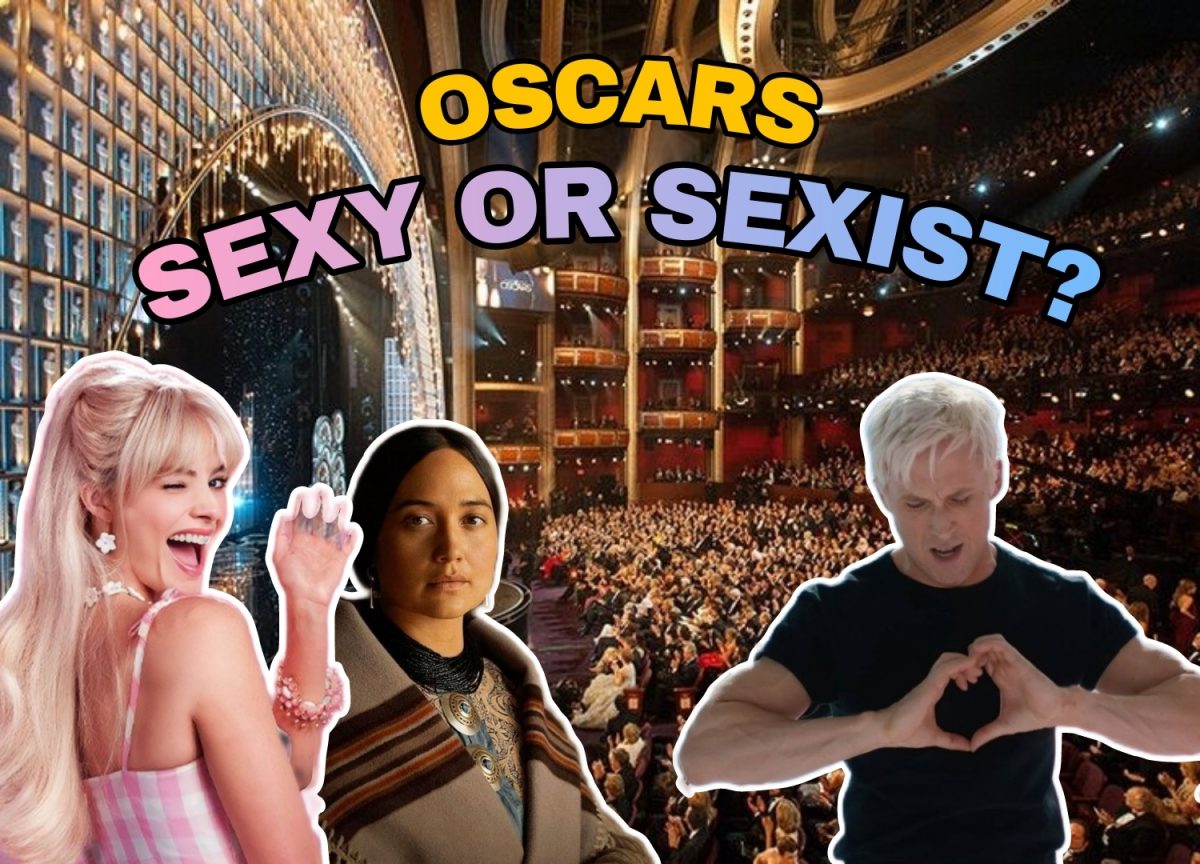The Perspectives page of The Blue and White offers students and staff an opportunity to express their thoughts about topics that affect our school, our community, or the world at large. The views and opinions expressed are those of the author and do not necessarily reflect the official policy or position of Apopka High School or The Blue and White.
The following editorial was contributed by Senior Nathan Mitchell:
Throughout human history, one of the most popular and important fields of study has been… human history. We look to our past to influence our future. Since one person cannot learn the entirety of human history, we have to specialize. One may choose to exclusively look at WWII, ancient Egypt, or even the history of chairs! All of these fields (yes even the history of chairs) bring some insight about who we were and who we will be. But art history, unlike any other field, offers insight into the heartbeat of the human experience.
One of the first things we need to get straight is also one of the hardest questions to answer, “What is Art?” It seems simple right? You’d be right yet also wrong to think that. Art can be anything, photography, sculpture, architecture, painting, performances, really anything can be considered Art. This question sparked a huge controversy in the 1910-20s when an artist by the name of Marcel Duchamp anonymously submitted a piece to an exhibition run by the Society of Independent Artists. Duchamp was a board member of the group and wanted to expose the fact that the society wasn’t as accepting as they claimed. So Duchamp, under the fake name “R. Mutt” paid the $6 fee to submit his artwork to the exhibition. That artwork? It was a urinal placed on its back, with his fake name signed on the side, titled Fountain. This piece was never truly shown at that exhibit, but it kickstarted a semi-revolution within the art world. Suddenly the question of “What is art?” had no clear answer.
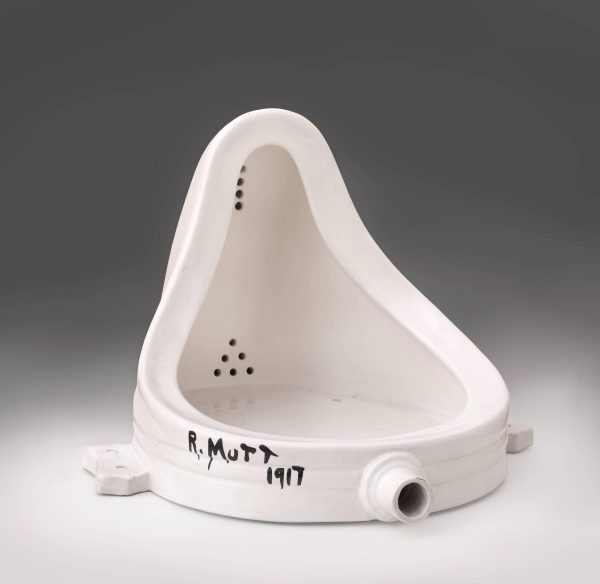
As that previous example proved, not all art has to be serious and even art that has serious themes can express them in fun ways. One example of this can be found in Erwin Wurm’s work. Recently I had a chance to see one of their exhibitions at the SCAD Museum of Contemporary Art. In his exhibition, Hot, he seeks to help the viewer reconsider their relationship with fashion. Fashion shapes culture, and in turn culture shapes fashion, and Wurm looks at this relationship, all while poking fun at big brands such as Gucci and Prada. The cover photo of this article is one such piece titled Shy (Bag Sculptures). This series of sculptures attempts to show how we represent ourselves via the objects and clothing that we wear. But even if you don’t get the underlying message (I didn’t at first), you can still appreciate the funny imagery of a tall bag with legs.
But why should you be interested in Art History? I asked Mr. Houvouras, the AP Art History teacher here at APK, for help answering that question. He explained how a lot of his Art History students go on to have careers that are influenced by art, but not in the way you’d expect. More often than not they get jobs in marketing and advertising, rather than in museums and galleries. I know my art history education has made my life so much more interesting. Now I’m always searching for a new museum to visit when planning to travel, and there are so many hidden references to art in Movies and TV.
Now, If I’ve piqued your interest enough, you may be asking yourself “How do I get into Art History?” and that’s a good question. My first suggestion would be to go to an Art Museum. Personally, I found the Modernism Museum in Mount Dora to be quite interesting. The SCAD Museum of Contemporary art is great as well depending on the season, though being located in Savannah means it’s quite a drive. But don’t fret, even if you cannot travel you can still see some amazing art. Many museums now offer virtual tours such as the Museum of Fine Art In Boston. But if you are more interested in learning about art, Youtube is a great resource. I’ve enjoyed Tik-Tok Comedian Brittany Broski’s videos about art history as they are super informative. There is no better time than the present to start learning, and with so many ways to learn, it’s more accessible than ever.

